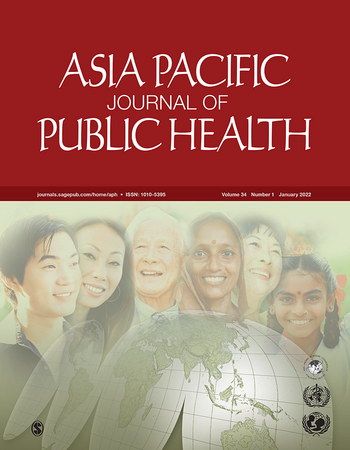Mai Nguyen joins the Walter H. Shorenstein Asia-Pacific Research Center (APARC) as Asia Health Policy Postdoctoral Fellow for the 2024-2025 academic year. She holds a PhD in health services and health policy from Queensland University of Technology (QUT), Australia, and a Master of Science from Heller School for Social Policy and Management, Brandeis University.
Her doctoral research focused on how the expanding private healthcare sector can be managed more effectively to better supplement public health services to achieve universal health coverage in Vietnam. The study analyzed large and complex national health datasets from two consecutive Household Living Standard Surveys, clinical hospital data at national levels and in-depth interviews with key stakeholders of Vietnam's health system to investigate consumers' choice for private and public health care services in Vietnam. Her research findings have implications for policy change in terms of harnessing and regulating private health services in Vietnam and other Asia-Pacific countries, especially low and middle-income countries.
Dr. Nguyen has worked as a senior health specialist at Vietnam Ministry of Health. Her research interest stems from her professional experience in health policy and program management, including health policy and management, health services, private healthcare and health equity. Her works have been published in many Q1-international journals such as BMC Public Health, BMC Health Services Research, Human Resources for Health and International Journal of Health Policy and Management.
At APARC, Dr. Nguyen will extend her research on the roles of private healthcare to supplement the public health sector to address the growing burden of chronic diseases and conditions in Vietnam.









